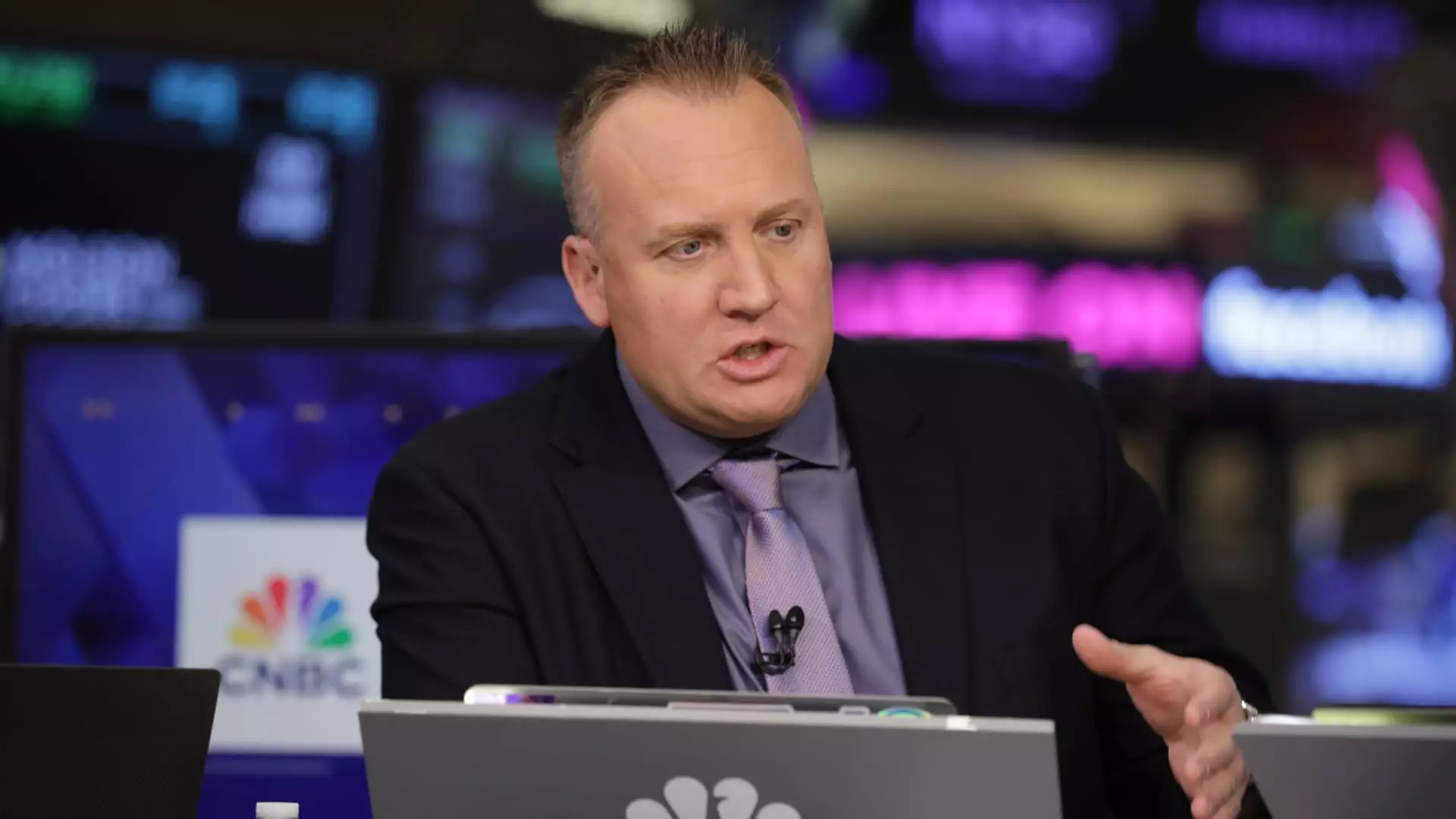In the relentless pursuit of easy profits, Wall Street remains hypnotized by the idea that future Federal Reserve interest rate cuts will ignite a market rally. Investors cling to the hope that a reduced cost of borrowing will automatically transform stocks into undervalued treasures. But this optimism, rooted more in wishful thinking than in economic reality, is fundamentally misguided. The truth is, a rate cut’s influence on the broader economy and markets is often overstated, and believing otherwise can lead to reckless investment behaviors. History shows that monetary policy adjustments are secondary in driving long-term market success; real growth comes from the genuine expansion of productive capital.
The narrative surrounding rate cuts has become a dominant, almost fetishistic, element of financial speculation. When the Fed signals a potential decrease in rates—say, two quarter-point reductions—markets tend to respond with euphoric optimism. Yet, such moves are tactical responses to temporary economic softness, not decisive catalysts for sustained growth. Relying on these signals as indicators of substantial valuation improvements ignores the reality that fundamental drivers like corporate innovation, technological advancements, and capital expenditure are far more meaningful. A focus on mere policy expectations, rather than tangible growth metrics, encourages a fragile investment mentality built on fragile assumptions.
The Myth of Accommodative Policy as a Market Panacea
It’s a common misconception that lowering interest rates automatically elevates stock prices to undervalued levels—an idea that fosters dangerous complacency. Such ‘baked-in’ optimism disregards the actual state of the economy. When the Federal Reserve hints at imminent cuts, traders often interpret this as a green light for risk-taking, even if economic indicators—such as employment figures and corporate earnings—tell a different story. The fact that the Fed’s officials are debating the size and timing of potential cuts reveals internal disagreement about the true health of the economy. If anything, what the market needs is a careful assessment of economic fundamentals, not a false sense of security provided by monetary easing.
It’s crucial to recognize that rates are a tool, not a magic wand. Lowering rates may temporarily boost asset prices, but they do little to address underlying structural issues. Moreover, expansive monetary policy often becomes a crutch; it masks stagnation while inflating asset bubbles—an excessive reliance that can amplify systemic risks when the inevitable correction arrives. In this context, the overemphasis on rate cuts risks turning active investors into Pavlovian subjects, eager to buy on the promise of policy leniency rather than strong earnings growth.
Capitalize on Real Drivers of Growth, Not Policy Pipelines
Instead of fixating on the Federal Reserve’s predictable dance of rate adjustments, smart investors should turn their attention to genuine engines of economic vitality. Capital expenditures—investments in infrastructure, innovation, and technology—are the true forces shaping the future. Companies like Nvidia, which have recently soared to unprecedented market caps amid the AI boom, epitomize the game-changing potential of strategic capital deployment. Nvidia’s technological dominance reflects a broader trend: technological innovation and infrastructure investment will determine long-term winners, not short-term monetary policy shifts.
Furthermore, some mega-cap tech giants, such as Amazon, have demonstrated resilience and growth potential that surpasses their current valuations. Despite recent stock price gains, their underlying businesses—particularly cloud services like AWS—are poised to be critical drivers over the coming decade. These companies are not just riding a bubble; they are investing in the future of global commerce and technology. In this light, investors should prioritize assessing companies’ capacity for sustainable growth based on fundamentals, rather than indulging in the easy hope that rate cuts will rescue overvalued markets.
The Cost of Fantasy Economics and the Risk of Complacency
Believing that rate cuts alone will turn the tide makes investors dangerously complacent. It cultivates a false sense of security—what some might call a financial placebo—that can lead to reckless risk-taking. When policymakers continuously signal willingness to intervene, it fosters moral hazard: companies and investors may become less diligent about addressing economic challenges, assuming that the central bank will bail them out. Such an environment saps resilience from the economy and can distort risk assessments.
True economic strength depends on productivity, innovation, and discipline—traits that cannot be conjured by monetary policy alone. Overreliance on hopes for government or Federal Reserve intervention is an abdication of responsibility by investors. It’s time for markets to focus on what truly matters: the long-term growth potential driven by technological progress, capital formation, and efficient resource allocation. These are the real levers of wealth creation, not a central bank’s future rate cuts.
In the end, the obsession with interest rate reductions is a seductive mirage—one that distracts from the foundational realities of economic health. Investors would be better served by anchoring their expectations in tangible factors rather than chasing fleeting policy signals that have limited influence over the structural forces shaping the economy.

